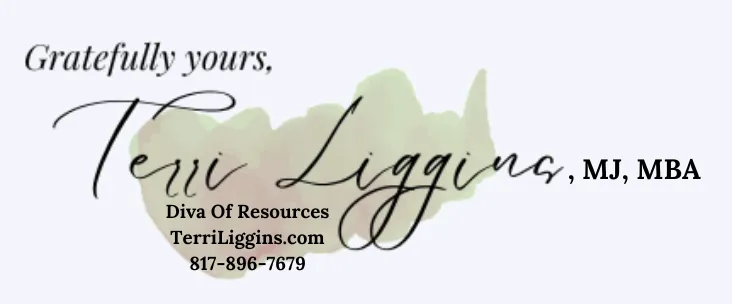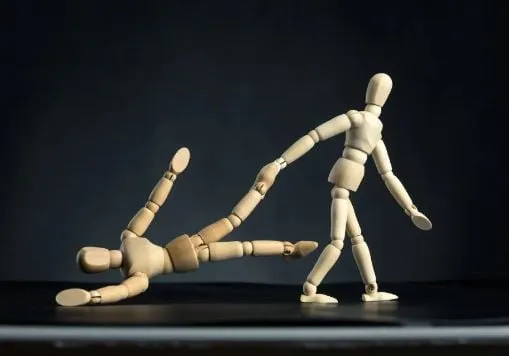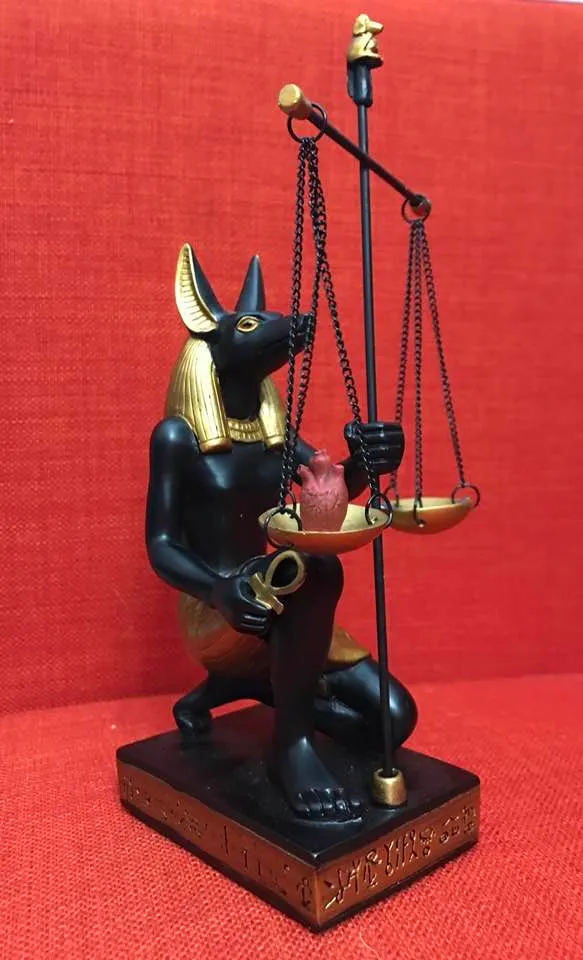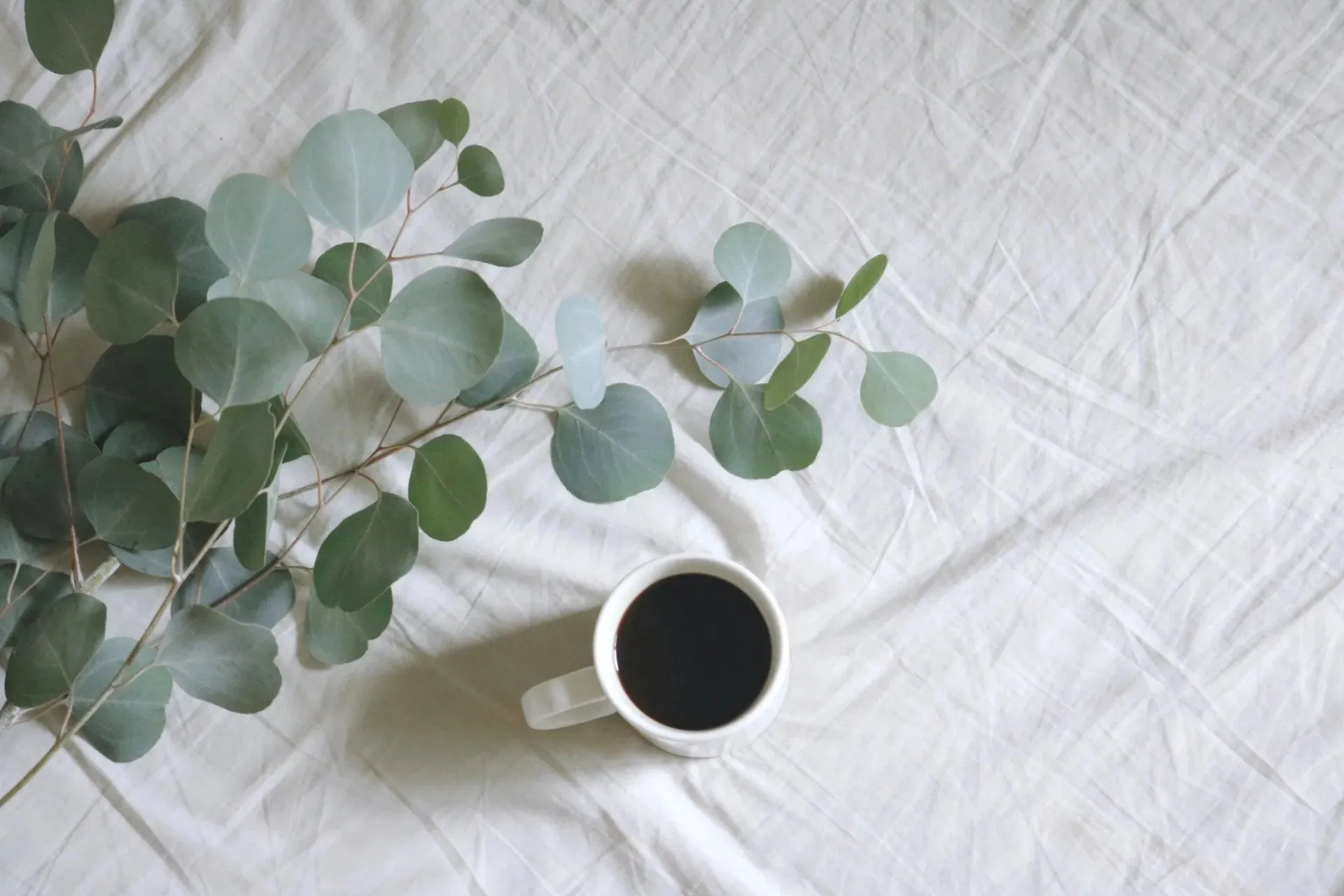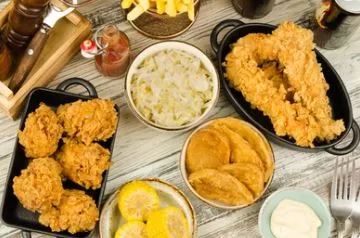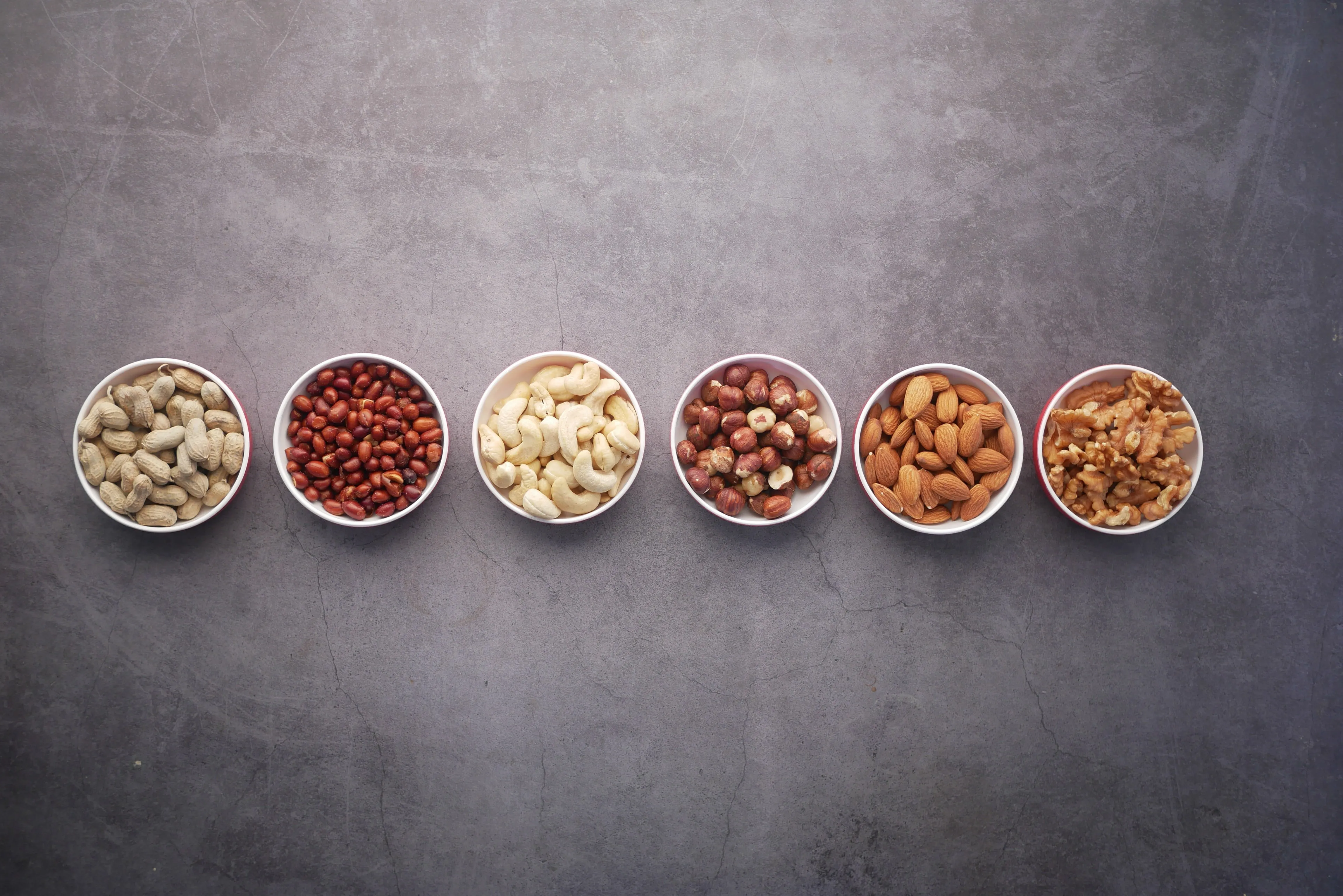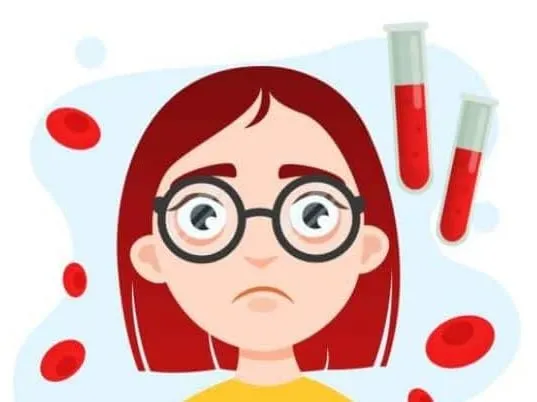Hidden Colors: 25 Popular American Foods with Cancerous Artificial Dyes Red 40, Yellow 5, and Yellow 6
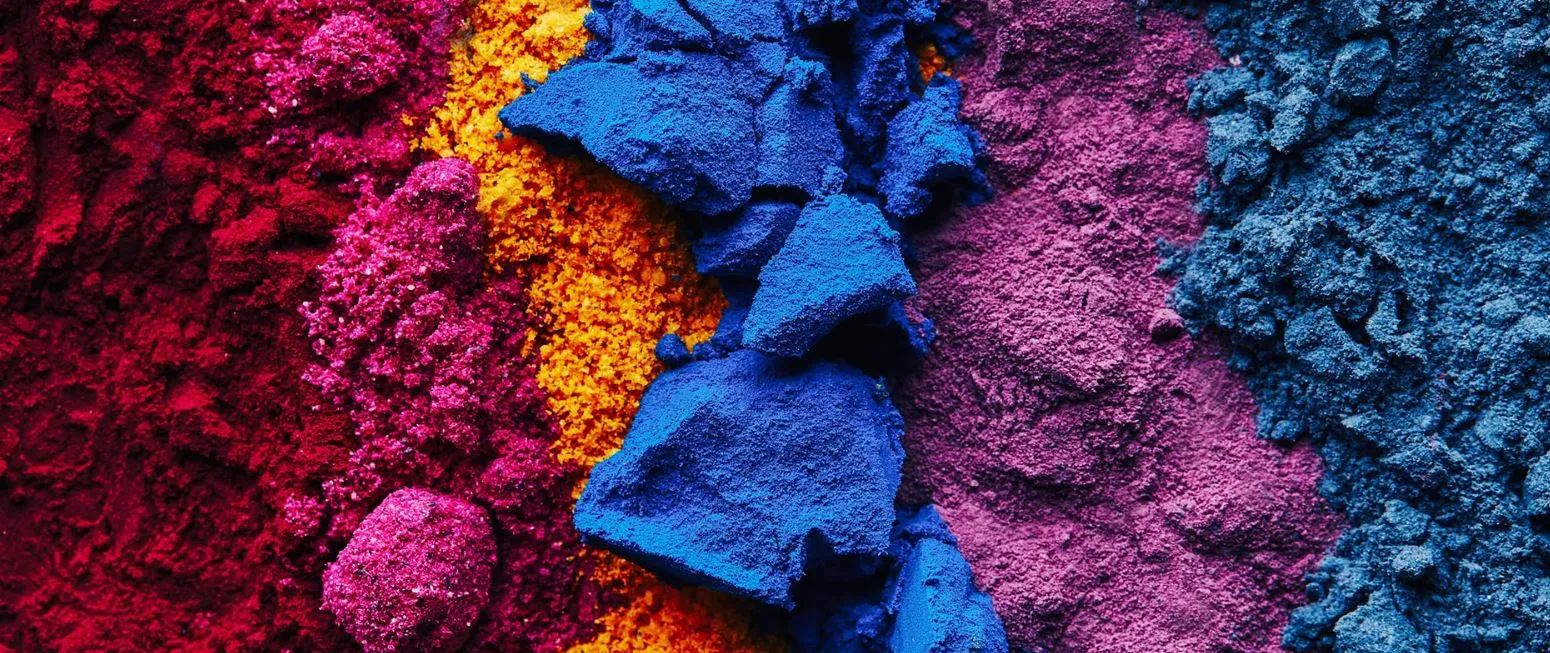
I’m offering you a list of 25 popular foods in America that commonly contain Red Dye 40, Yellow Dye 5, or Yellow Dye 6, or a combination of them. These three alone account for 90% of the dyes used in foods. Yet another compelling reason to read food labels in the store before buying your food, wouldn’t you say? But why should this be ultra concerning for you?
Well, for instance, take this one chemical: IUPAC ID: disodium 6-hydroxy-5-((2-methoxy-5-methyl-4-sulfophenyl)azo)-2-naphthalenesulfonate.
That's a scary-sounding chemical, wouldn't you say? That's because it is!!
This chemical is called Red40 (originally known as Red dye 40). Created by a chemical company in 1971. I know you've heard of it and its dangers but the big question is WHY is it still allowed in our foods?? And more than ever before--increased fivefold since 1955. IMHO, the obvious answer is (since the FDA allows it in thousands of common products) population control! We shouldn’t keep falling into that trap!🧐 And that trap is the pharmaceutical system owning your health and your pocketbook for the rest of your adult life. And guess what? Your meds have red40 in them! It's used to make the pills colorful for better identification. Sadly, the merry-go-round of insanity never ends.
In 2008, the Center for Science in the Public Interest (CSPI) in Washington, DC, petitioned the Food and Drug Administration (FDA) to ban artificial food dyes because of their connection to behavioral problems in children. Two years later a new CSPI report, Food Dyes: A Rainbow of Risks, further concludes that the nine artificial dyes approved in the United States likely are carcinogenic, cause hypersensitivity reactions and behavioral problems, or are inadequately tested. Duh! Think about the number of children with ADHD and cancers that never existed in children before!!🤯 And now adults at younger and younger ages are dealing with Alzheimer's, Parkinson's, epilepsy, OCD, PTSD, and the list goes on with illnesses that involve different aspects of brain function and structure, leading to a wide range of symptoms and challenges. 🤕
Artificial dyes derived from petroleum are found in thousands of foods. In particular breakfast cereals, candy, snacks, beverages, vitamins, and other products aimed at children are colored with dyes. Even some fresh oranges are dipped in dye to brighten them and provide uniform color, says Michael Jacobson, executive director at CSPI.
According to the International Association of Color Manufacturers, a trade association for food dye makers and users, artificial color additives enhance and correct natural colors and “provide a colorful identity to foods that would otherwise be virtually colorless,” as well as compensating for natural color loss during storage and providing a way to quickly identify pharmaceuticals and dietary supplements. Food dye consumption per person has increased fivefold in the United States since 1955, with three dyes—Red 40, Yellow 5, and Yellow 6—accounting for 90% of the dyes used in foods.
Ref: National Library of Medicine (https://www.ncbi.nlm.nih.gov/pmc/articles/PMC2957945/)
Below is a list of common foods that have red40, as well as yellow5 and yellow6 in them. These dyes are often used to make foods more visually appealing. If you're trying to avoid these additives, always check ingredient labels for Red Dye 40 (aka Allura Red AC), Yellow Dye 5 (aka Tartrazine), and Yellow Dye 6 (aka Sunset Yellow FCF).
- Fruit-Flavored Snacks (like gummy bears or fruit snacks)
- Breakfast Cereals (such as Froot Loops or Trix)
- Froot Loops - Known to contain Red Dye 40 and Yellow Dye 5.
- Trix - Often includes Red Dye 40 and Yellow Dye 5.
- Lucky Charms - Contains various artificial colors including Red Dye 40 and Yellow Dye 5.
- Fruit Pebbles - Contains Red Dye 40 and Yellow Dye 5.
- Dunkin' Donuts Cereal - Some versions include artificial dyes like Red Dye 40 and Yellow Dye 5.
- Candy (like Skittles or M&M's)
- Soft Drinks (including some sodas like Mountain Dew and certain fruit-flavored sodas)
- Sports Drinks (such as Gatorade and Powerade)
- Gatorade Fruit Punch - Typically contains Red Dye 40.
- Gatorade Lemon-Lime - Often contains Yellow Dye 5.
- Powerade Mountain Berry Blast - Usually contains Red Dye 40.
- Powerade Lemon Lime - Commonly contains Yellow Dye 5.
- Gatorade Cool Blue - Sometimes includes both Red Dye 40 and Yellow Dye 5.
- Ice Cream (especially brightly colored flavors)
- Jelly Beans
- Cake Mixes (often in funfetti or other colorful varieties)
- Frosting (especially in bright colors)
- Popsicles (especially the multi-colored ones)
- Chewing Gum (including some fruity varieties)
- Instant Jell-O (various flavors)
- Packaged Cookies (like some of the brightly colored varieties)
- Frosted Animal Cookies (e.g., those from brands like Mother’s or Little Debbie) - These often contain Red Dye 40 and Yellow Dye 5.
- Confetti Cookies (like those from Pillsbury or other brands with colorful sprinkles) - These typically have Red Dye 40 and Yellow Dye 5.
- Colorful Cookie Variety Packs (such as some from brands like Oreos in seasonal or special editions) - These may contain various artificial dyes, including Red Dye 40 and Yellow Dye 5.
- Rainbow Cookies (such as those found in grocery store bakery sections) - Often include a mix of Red Dye 40 and Yellow Dye 5.
- Packaged Sugar Cookies with Colored Frosting (like some varieties from brands like Lofthouse or Walmart’s Great Value) - Frequently contain Red Dye 40, Yellow Dye 5, and sometimes Yellow Dye 6.
- Flavored Yogurts (especially those with vibrant colors)
- Macaroni and Cheese (some boxed varieties)
- Fruit Juices (like certain brands of fruit punch)
- Sauces and Condiments (including some ketchup and salad dressings)
- Canned Soups (particularly those with vibrant colors)
- Campbell's Chunky Soup (Beef with Vegetables) - Some varieties might include artificial colors, but it’s more common to find one or two dyes rather than all three.
- Campbell's Condensed Tomato Soup - Often contains artificial colors, including Red Dye 40, and occasionally Yellow Dye 5.
- Progresso Traditional Chicken Noodle Soup - Might include artificial dyes like Red Dye 40 or Yellow Dye 5.
- Healthy Choice Chicken Noodle Soup - Some varieties use artificial colors such as Red Dye 40.
- Chef Boyardee Beefaroni - May include artificial colors like Red Dye 40 and Yellow Dye 5.
- Granola Bars (some with bright, colorful coatings)
- Pop-Tarts (especially those with colorful frosting)
- Cake Decorations (including sprinkles and colored sugar)
- Cotton Candy
- Cheese Snacks (like some types of cheese balls or cheese puffs)
- Frozen Dinners (some with colorful coatings or sauces)
- Stouffer's Lasagna - Some varieties may include artificial colors like Red Dye 40 and Yellow Dye 5.
- Banquet Mega Bowls (Cheesy Bacon Ranch) - Often includes artificial colors, potentially including Red Dye 40 and Yellow Dye 5.
- Marie Callender's Pot Pies (Chicken Pot Pie) - Certain versions might use artificial colors, including Red Dye 40 and Yellow Dye 5.
- Lean Cuisine (Pizza with Pepperoni) - May contain artificial dyes such as Red Dye 40 or Yellow Dye 5.
- Hungry-Man (Crispy Fried Chicken) - Sometimes includes artificial colors like Red Dye 40 and Yellow Dye 5.
Energy Drinks (certain brightly colored ones)
